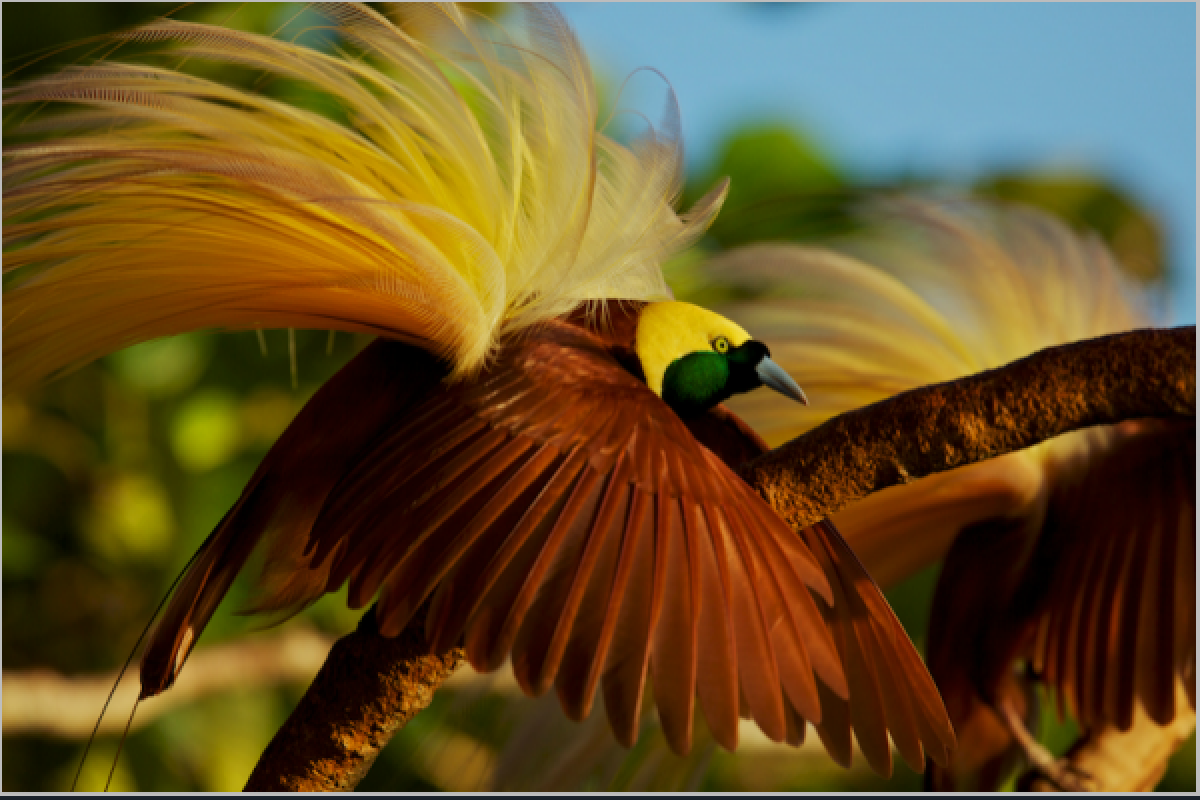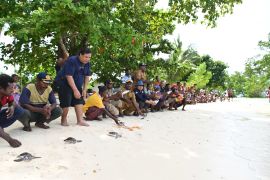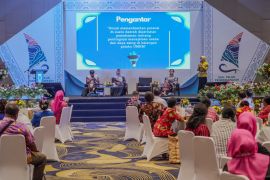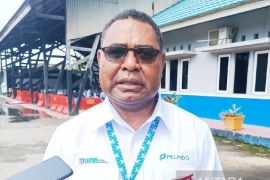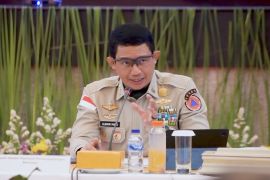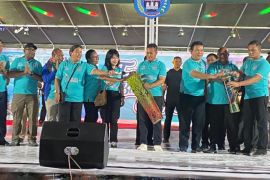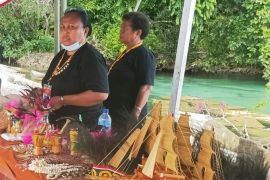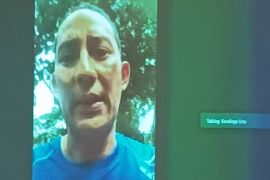The habitats of the birds of paradise must be protected, as it is a precious asset of the local community."Biak (ANTARA News) - The World Wildlife Fund (WWF) Papua office has urged Papuas Adat community to help protect the habitats of the birds of paradise on Yapen Islands and in Jayapura District to prevent the species from extinction.
"WWF also helps the Adat community develop educational tourism to protect the birds of paradise for the welfare of the local residents," Coordinator of WWF Indonesia Papua Piter Roki Aloisius stated here, Monday.
Protection will help preserve the endemic bird species of Papua, which is currently endangered, he noted.
With their traditional environmental wisdom and knowledge, the Papuan people have greater awareness of the need to protect the beautiful birds.
"The habitats of the birds of paradise must be protected, as it is a precious asset of the local community," Aloisius remarked.
By using the local cultural approach, WWF has been developing sustainable environmental education to encourage Papuan people to protect and preserve the nature and flora and fauna of Papua as well as to love the islands biodiversity, he added.
The birds of paradise, members of the family Paradisaeidae of the order Passeriformes (Perching Birds), need to be protected for both future generations and for the areas tourism.
Locally called the birds of "Cenderawasih," these species are considered to be among the most beautiful in the world.
Besides Papua, these birds are found in tropical forests, including rainforest, swamps, and moss forest in the Torres Strait Islands, Papua New Guinea, and eastern Australia.
The male birds produce beautiful sounds, flash their pretty feathers, and perform elaborate dance rituals to attract their female counterparts.
Hunting these birds for their plumes for the millinery trade was rampant in the late 19th and early 20th century, but they currently enjoy legal protection, and hunting is only permitted at a sustainable level to fulfill the ceremonial needs of the local tribal population.
(Uu.F001/INE/KR-BSR)
Editor: Priyambodo RH
Copyright © ANTARA 2017
